From Crisis to Catastrophe? If India Faltered Against PL-15E, Pakistan’s Future PL-17 Could Tip the Balance of Air Power
The PL-17, also referred to by its developmental designation "PL-XX" or "Project 180," is China’s next-generation BVR missile designed for ultra-long-range engagement up to 400 km, pushing the envelope of air-to-air warfare.
(DEFENCE SECURITY ASIA) – As the spotlight intensifies on China’s J-10C multirole fighter jet, another name increasingly capturing the attention of global defence analysts is the PL-15E, China’s export-variant long-range Beyond Visual Range (BVR) air-to-air missile.
Developed by the China Academy of Launch Vehicle Technology (CALT), the PL-15E has catapulted into the international spotlight following claims that Pakistan Air Force (PAF) J-10C fighters armed with the missile successfully shot down three Indian Air Force (IAF) Rafale jets in a high-intensity air combat engagement.
This engagement is considered historic, marking the first time a Dassault Rafale—regarded as one of the most advanced 4.5-generation fighters in the world—has ever been confirmed downed in actual combat.
The joint success of the J-10C and PL-15E has sent shockwaves through the global defence industry and reportedly led to a significant dip in the stock value of Dassault Aviation.
According to Pakistani officials, five Indian fighters were downed in total—three Rafales, one Su-30MKI, and one Mirage 2000—with Pakistan’s Foreign Minister Ishaq Dar stating, “the three Rafales were shot down by J-10C using PL-15E.”
India has thus far refused to publicly acknowledge the loss of its fighters, but IAF senior officer Air Marshal A.K. Bharti made a tacit admission during a press conference, stating: “losses are part of combat.”
The PL-15E represents the export version of the PL-15—a next-generation long-range BVR missile fielded by the People’s Liberation Army Air Force (PLAAF)—and is specifically tailored for international clients like Pakistan.
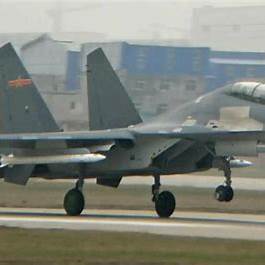
A major differentiator between the domestic and export variants is effective range: the PL-15E reportedly has a maximum engagement distance of approximately 145 km, while the indigenous PL-15 employed by China’s J-10C, J-20, J-16 and other fighters boasts a reach of up to 300 km.
Despite the range limitation, the PL-15E still surpasses the reach of many legacy Indian BVR missiles, especially those currently carried on older Su-30MKI and Mirage 2000 platforms.
The effectiveness of the PL-15E has sparked debate among Indian strategic circles, especially as China now progresses with deployment of an even more formidable system—the PL-17.
The PL-17, also referred to by its developmental designation “PL-XX” or “Project 180,” is China’s next-generation BVR missile designed for ultra-long-range engagement up to 400 km, pushing the envelope of air-to-air warfare.
Introduced over the past several years, the PL-17 marks a significant leap in Beijing’s missile technology, engineered to neutralize enemy aircraft and airborne assets far beyond visual detection range.
Reports suggest that the PL-17 has already entered limited service aboard China’s fifth-generation stealth fighter J-20 “Mighty Dragon,” and is now undergoing integration trials with the J-10C multirole platform.
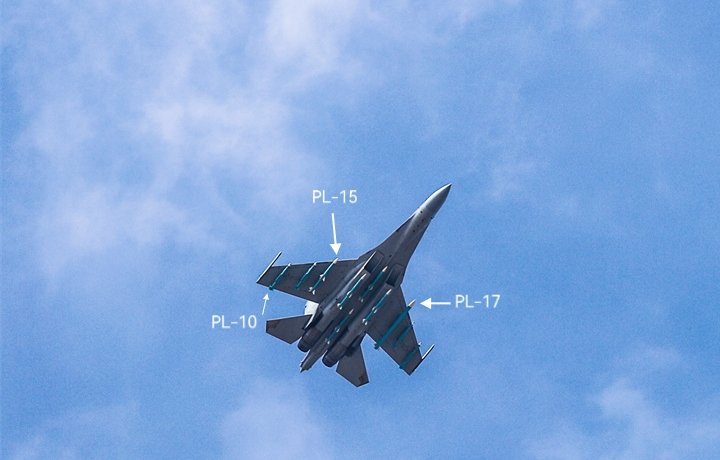
Should these trials succeed, the missile’s compatibility with fourth-generation+ fighters like the J-10C could dramatically alter regional threat equations and export possibilities.
If Pakistan seeks to acquire the PL-17, it would likely need to upgrade its J-10C’s radar systems—currently equipped with the KLJ-10A AESA—to a more powerful configuration capable of handling mid-course guidance and long-range tracking demands.
While originally designed for the J-20’s large internal bays, the nearly 6-meter-long PL-17 can potentially be adapted for semi-stealth external carriage on upgraded J-10C or even the JF-17 Block III, albeit with structural and software modifications.
The PL-17 integrates an Inertial Navigation System (INS), GPS/Beidou updates, a high-power AESA radar seeker for terminal homing, and a mid-course data-link for real-time targeting updates.
This guidance suite enables the missile to track and engage high-value targets even in contested environments saturated with electronic countermeasures—a hallmark of future air combat.
Designed not only to eliminate fighter aircraft, the PL-17’s kill chain extends to critical airborne force multipliers such as AWACS, tanker aircraft, and ISR platforms operating at stand-off distances.

Its intended targets include assets like the E-3 Sentry, RC-135 Rivet Joint, and KC-135 Stratotanker—key enablers in any modern air campaign—making the missile a central pillar in China’s anti-access/area-denial (A2/AD) doctrine.
The PL-17’s deployment grants China the ability to blind, isolate, and degrade the enemy’s aerial C4ISR architecture well before hostile aircraft reach contested zones.
Its rollout on the J-20 reinforces China’s expanding long-range strike capability in flashpoints like the South China Sea, the Taiwan Strait, and the East China Sea—areas where Beijing seeks to deter or challenge U.S.-led coalition air dominance.
From a doctrinal standpoint, the PL-17 represents a shift toward air denial via precision standoff kills—aimed at deterring forward-deployed surveillance and refueling aircraft while forcing adversaries to operate from deeper, less-effective positions.
Multiple open-source intelligence reports indicate the PL-17 has already undergone full-scale testing and may be in low-rate initial production for frontline J-20 squadrons under the PLAAF.
Strategic analysts see the missile as China’s direct answer to the yet-to-be-fielded U.S. AIM-260 Joint Advanced Tactical Missile (JATM), designed to replace the aging AMRAAM in counter-stealth operations.
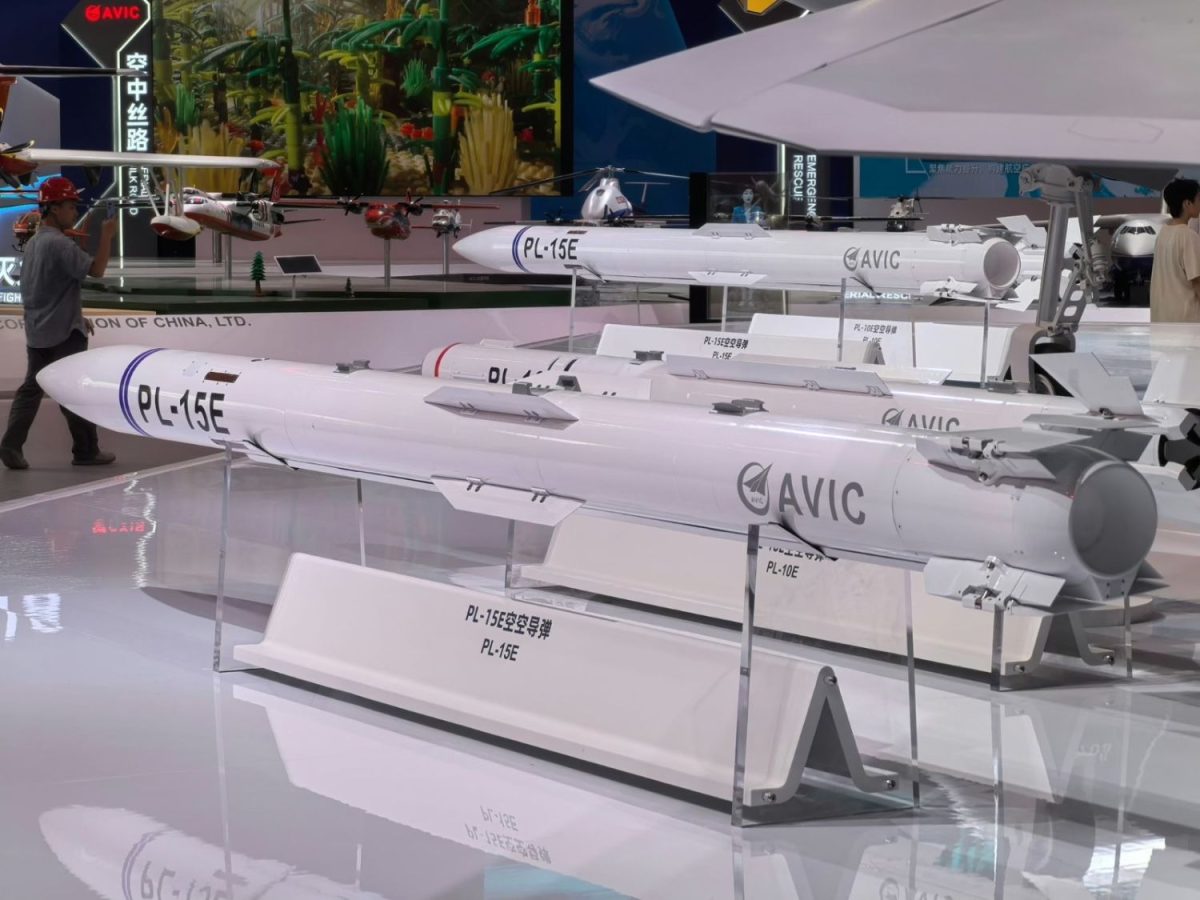
Should Islamabad gain access to the PL-17, it would dramatically shift the Indo-Pakistani air balance, granting Pakistan unprecedented long-range engagement capabilities that outpace India’s current arsenal.
With the PL-17’s estimated reach nearly doubling that of the Meteor missile on Indian Rafales or the Astra Mk1/2 on Su-30MKI and Tejas fighters, Pakistan would hold a decisive BVR advantage.
If fielded on the JF-17 Block III, which already boasts a digital cockpit, AESA radar (KLJ-7A), and data-link integration, the PL-17 could be used for precision strikes from distances that negate India’s retaliatory options.
From stealth-capable J-10C or JF-17 platforms, PL-17-equipped aircraft could execute “first-shot” attacks before Indian fighters like the Rafale or Su-30MKI can even detect the threat.
Such a capability would threaten India’s aerial command-and-control infrastructure, especially high-value support assets like Netra and Phalcon AWACS, IL-78 tankers, and ISR aircraft central to India’s integrated air picture.
From a strategic lens, Pakistan’s acquisition of the PL-17 would mirror China’s A2/AD posture, focusing on denying adversarial access to contested zones through the systematic removal of surveillance and coordination assets.
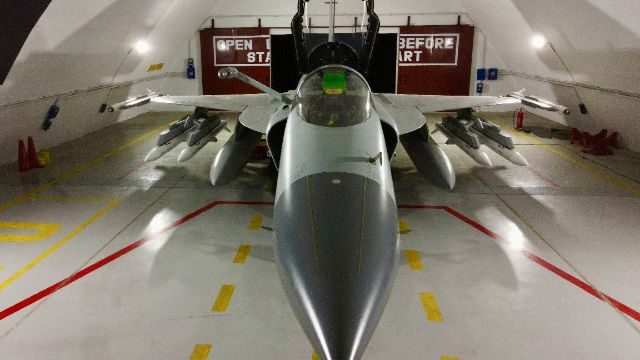
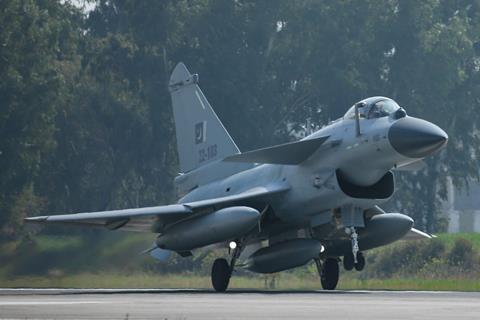
In a future conflict scenario over Kashmir or the Line of Control, PL-17 missiles could enable Pakistan to conduct “stand-off kills” against Indian platforms without crossing international borders, complicating India’s political and military response calculus.
Yet the path to operationalization involves technical hurdles—specifically airframe integration, radar compatibility, and missile datalink synchronization on Pakistani fighters not originally designed for such systems.
Moreover, a Pakistani PL-17 capability would inflame geopolitical tensions with India, potentially triggering a strategic arms response that could include acceleration of India’s Astra Mk3, cooperation with Israel on advanced air-to-air systems, or broader deployment of the Meteor.
India may also seek to retrofit Meteor capability onto other fighter types or deepen missile development partnerships with France and Russia to mitigate Pakistan’s range advantage.
The sale of the PL-17 to Pakistan would also underscore the expanding China-Pakistan military axis, cementing Beijing’s role as Islamabad’s primary strategic arms supplier amid the shifting global order.
Ultimately, the introduction of the PL-17 into South Asia would ignite a new phase in the regional arms race—one not defined by platforms alone, but by the range, precision, and lethality of the missiles they carry.
— DEFENCE SECURITY ASIA


